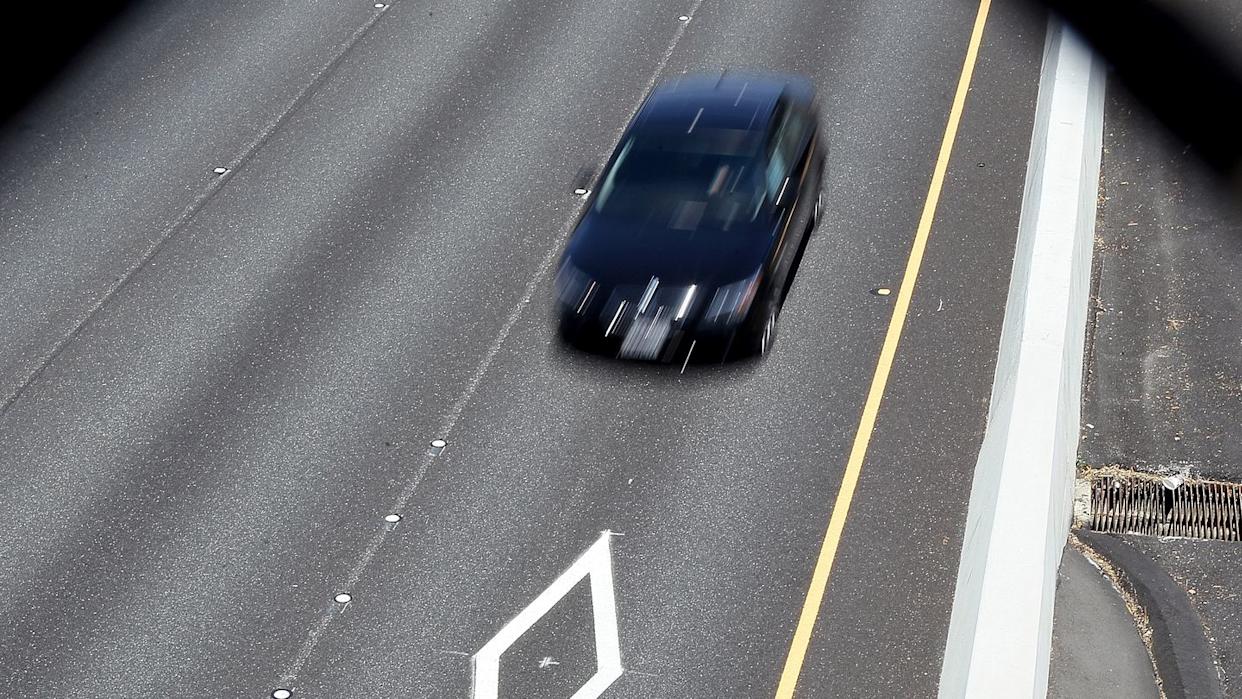
Electric and alternative-fuel vehicle owners in California will no longer be able to use the carpool lanes with impunity come October 1, 2025, and a single sticker is to blame for the massive shift in transportation policy.
That's because the Clean Air Vehicle Decal program will be ending on October 1, 2025, after nearly seven years of continuous running. The program allowed solo drivers with certain clean energy vehicles to drive in carpool and high-occupancy vehicle lanes and was initially implemented to incentivize Golden State residents to purchase alternative-fuel vehicles. However, regular approval from the Environmental Protection Agency is a requirement to continue the program. Challenges to California's reliance on an EPA waiver from a Republican-led Congress are set to eliminate this benefit for EV owners.
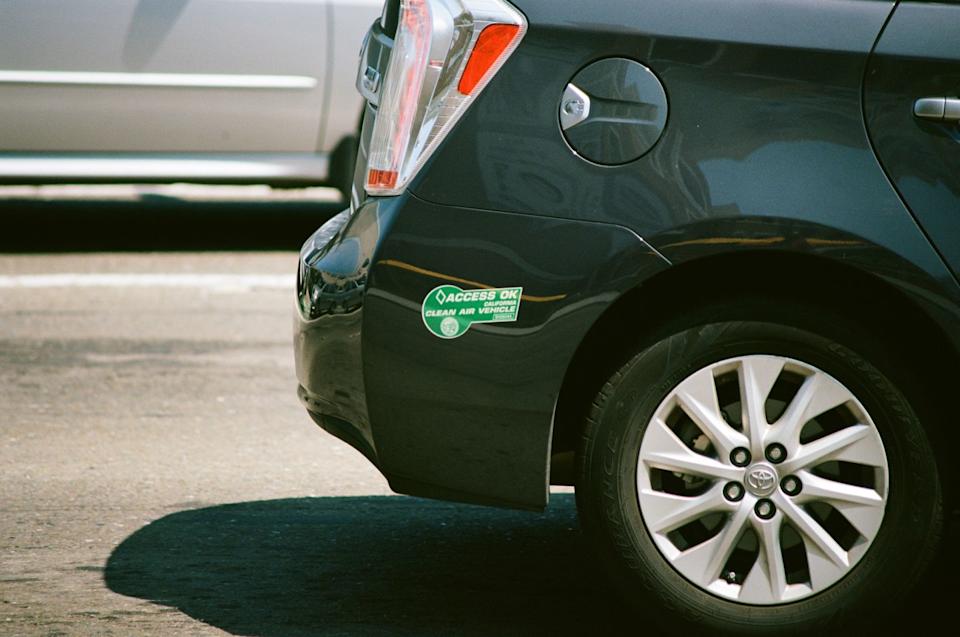
"Clean Air Vehicle Decals are a smart, cost-effective incentive that has played an important role driving the adoption of clean and zero-emission vehicles in California," Liane Randolph, chair of the California Air Resources Board, said in a statement. "But thanks to the federal government’s failure to act, this successful program is coming to an end."
The ability to skirt regular traffic lanes will remain available to drivers of fuel cell electric, natural gas, and plug-in electric cars until September 30, 2025, when the annually renewed Clean Air Vehicle Decals will expire. California is not the only state to offer such exemptions to early adopters of electrified and alternative fuel technology, with 12 other states, including New York and Colorado, allowing partial- and zero-emission vehicle drivers to enjoy faster commutes. Such a change in California roadway culture is likely to impact non-HOV traffic levels, as around 519,000 Clean Air Vehicle Decals are currently active in California, according to the California Air Resources Board.
"Putting the brakes on this program means that starting October 1, 2025, CAV decals will no longer be valid in California, or elsewhere in the United States," the Department of Motor Vehicles said in a statement. "All vehicles will be required to meet posted vehicle occupancy to travel in carpool lanes and pay required tolls or risk receiving a citation."
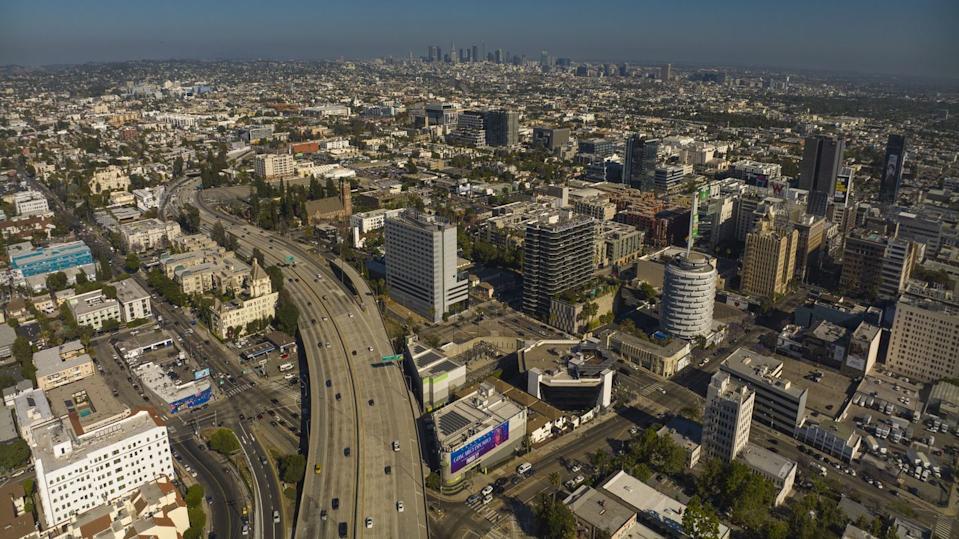
There is an internal effort in the State of California to prod federal lawmakers into re-approving the program. State Assemblymember Greg Wallis (R-Bermuda Dunes) penned a bill that would push the end date to January 1, 2027, which was signed into law by Governor Gavin Newsom last year. However, this state legislature effort also requires federal approval, which remains unlikely to happen.
There may be a slim silver lining in this roadway transformation. California has been a role model state in terms of electric vehicle adoption, with nearly 1.3 million light-duty electric vehicle registrations in 2023. Such high levels of EV adoption are worth celebration, at the very least for California's air quality, but HOV lanes are set to be used only by those who are genuinely carpooling. Notably, California's West Coast neighboring states of Washington and Oregon share similarly strong EV adoption rates, but neither state allows any single-occupancy drivers to use carpool lanes, regardless of propulsion type.
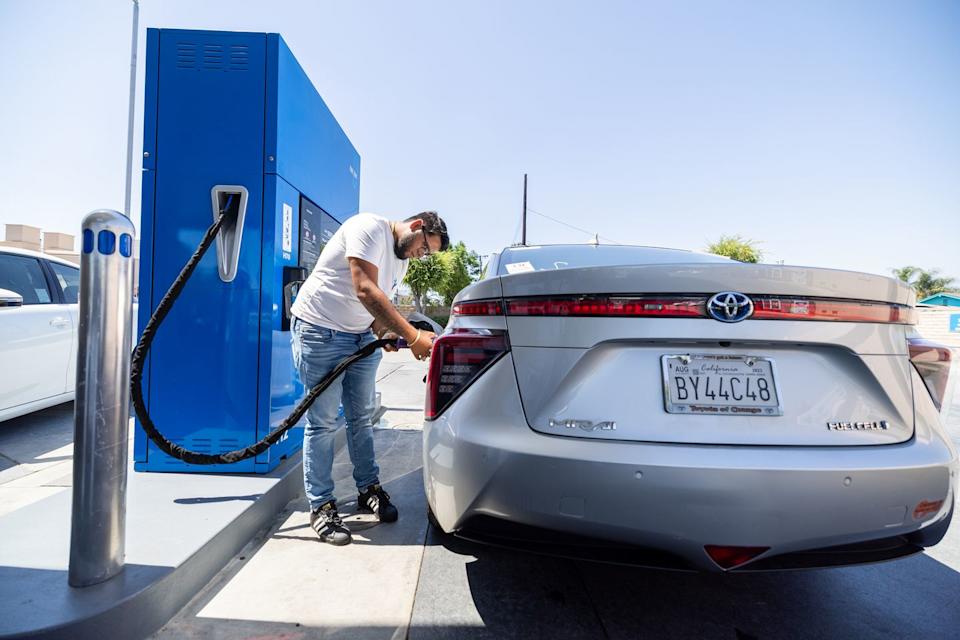
This denial of carpool lane access to single-occupancy, clean-energy vehicles is the latest dent in California's autonomous, clean energy mandates from the Trump administration and a majority Republican Congress. Previously, Congress denied California the ability to set its own emissions standards for heavy-duty trucks and prohibited the Golden State from following through with its all-electric new car sales scheme by 2035. It's too early to tell what effect these combatant changes will have on EV adoption in California, as one in four new vehicles purchased in California are electric, according to the University of California Davis' Electric Vehicle Research Center. However, a 2025 survey conducted by the center showed that almost 30 percent of people said they wouldn’t have purchased an electric vehicle without state incentives, such as the Clean Air Vehicle Decals. As a result, we suspect that more than a few prospective EV buyers will be turned off by a lack of carpool privileges.
You Might Also Like
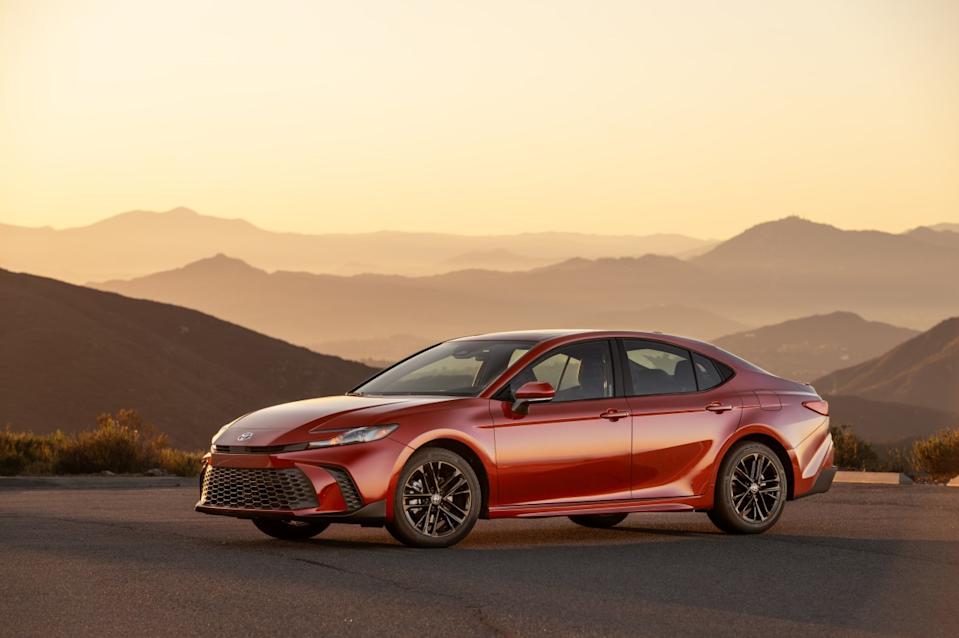
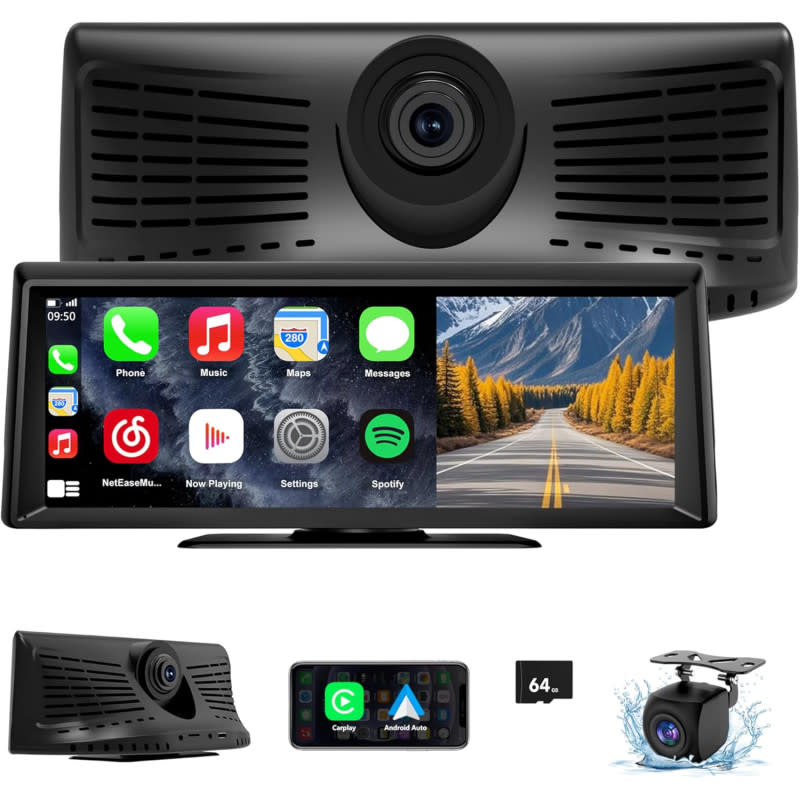

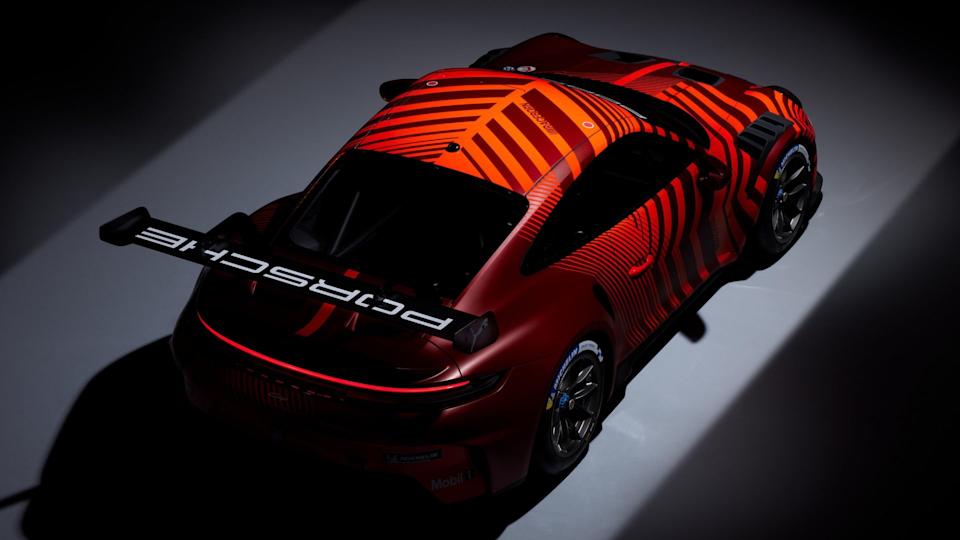
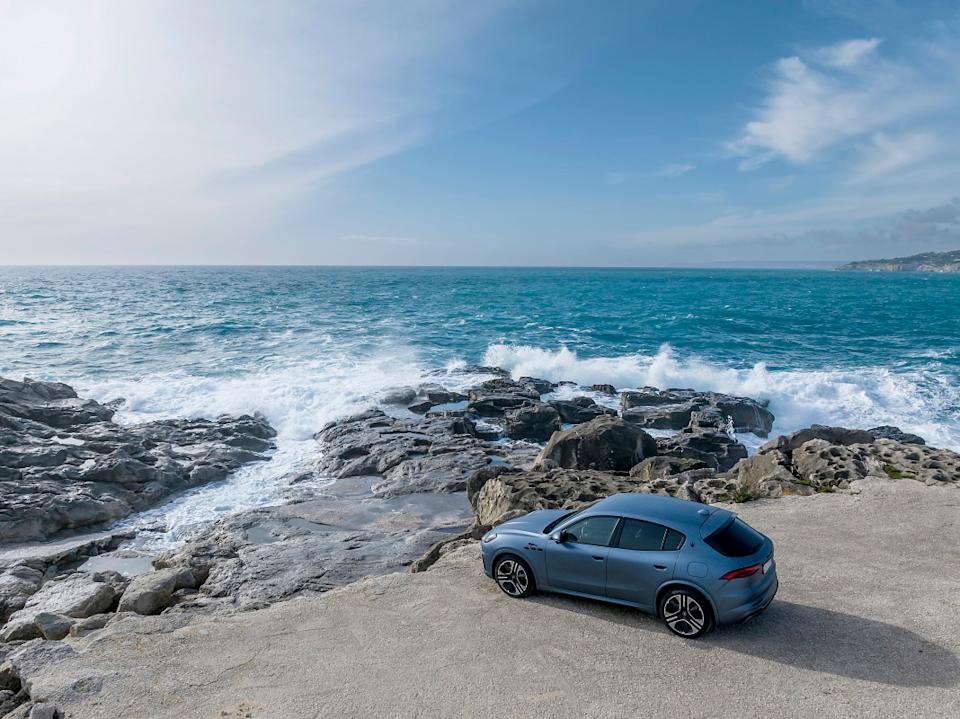
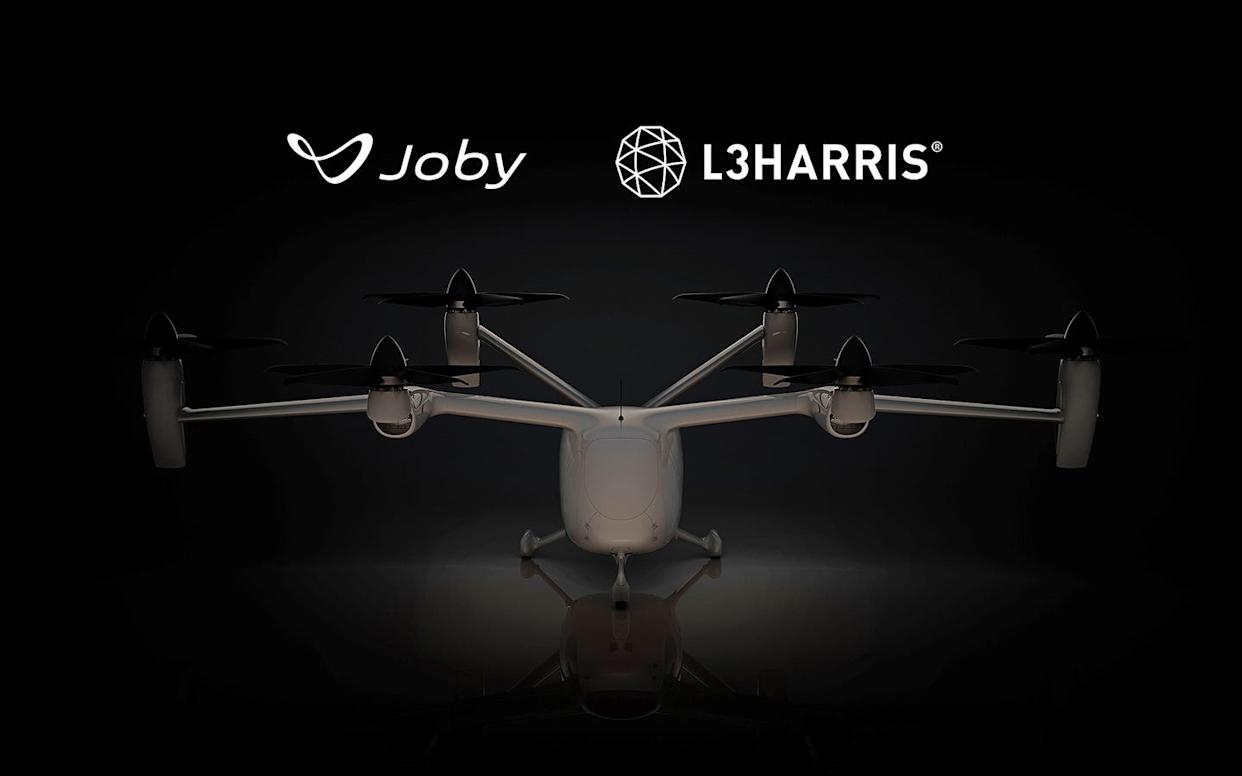
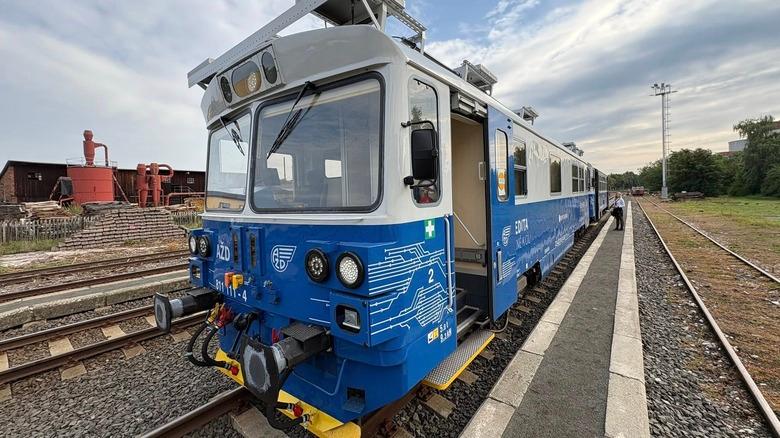
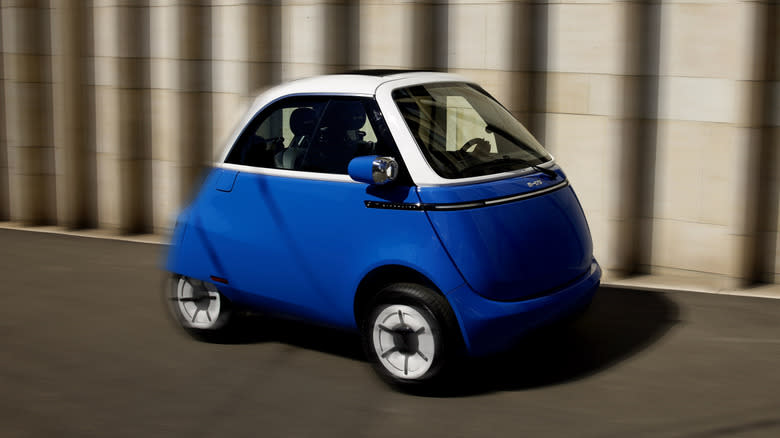
Comments